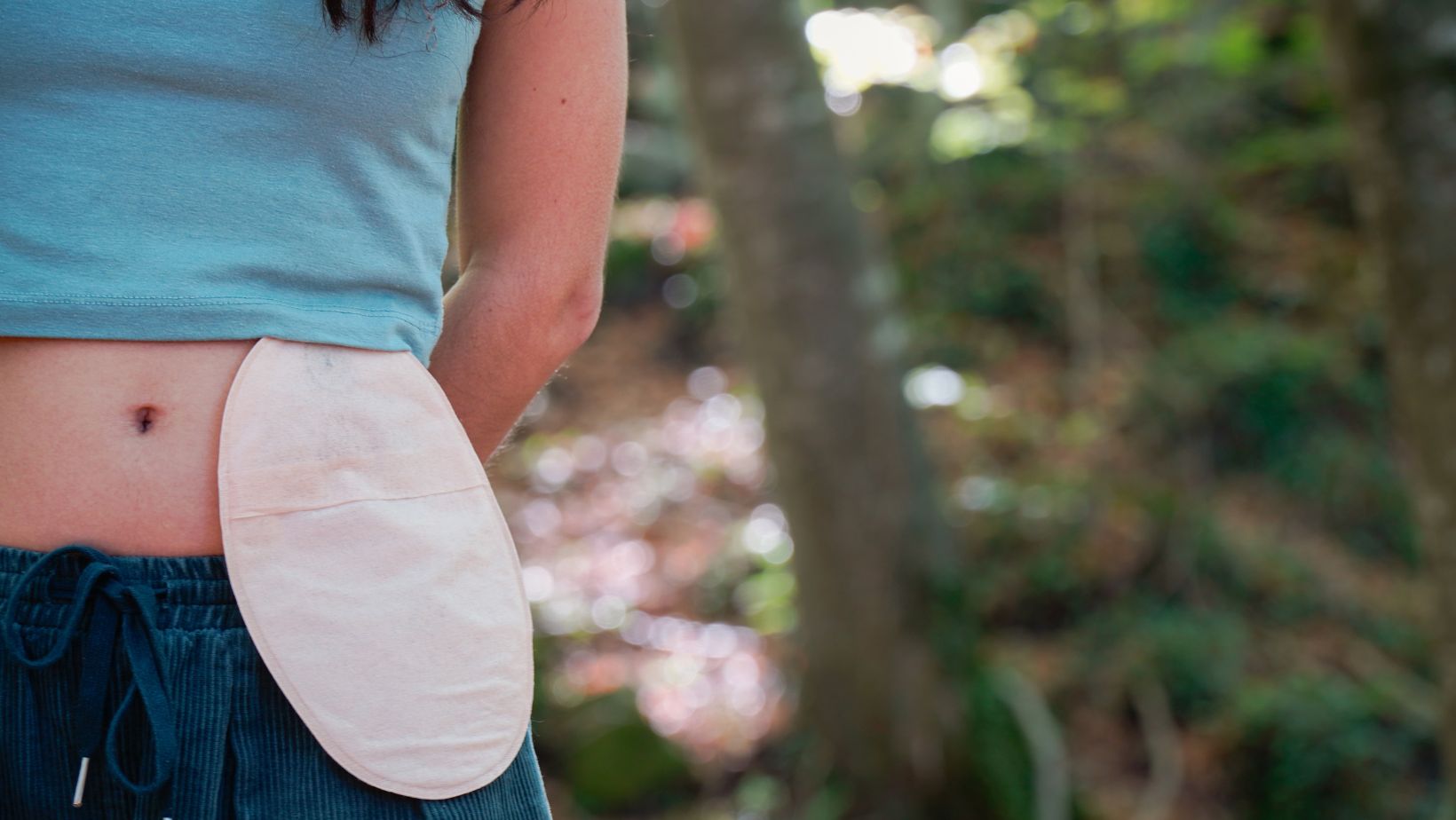
Life with a new ostomy brings significant changes. Each day involves learning something new about self-care, managing supplies, and adapting routines. Many new ostomates feel overwhelmed during those first weeks after surgery, unsure about handling daily care and returning to normal activities.
Thousands of people thrive with ostomies, leading full, active lives. With the right knowledge and techniques, you’ll gain confidence in managing your ostomy care.
This guide breaks down the essential care tips, practical strategies, and proven solutions that make living with an ostomy easier. From basic supply organization to troubleshooting common issues, we’ll cover what you actually need to know for successful ostomy management.
By the end, you’ll have a clear roadmap for daily care, preventing complications, and getting back to the activities you love. Let’s start with the fundamentals that make ostomy care simpler and more effective.
The Basic Supply Kit
A well-stocked ostomy supplies makes daily care much smoother. Keep these essentials on hand:
- Pouching system (one or two-piece)
- Skin barrier wipes/spray
- Adhesive remover
- Clean gauze or soft cloths
- Measuring guide
- Scissors for custom fitting
- Disposal bags
- Skin prep wipes
- Stoma powder for irritated skin
Store everything in one spot – a drawer, basket, or dedicated cabinet space works great. This simple organization prevents scrambling for supplies during changes and helps track when items need restocking.
Making Changes Easy
Most ostomates find morning changes work best, before eating when output slows down. Set up your space first – gather supplies, ensure good lighting, and give yourself plenty of time without rushing.
Remove the old appliance by supporting your skin with one hand while gently peeling away the barrier. Adhesive removers help protect sensitive skin during this step. Some people find warm water helps loosen the adhesive naturally.
Clean the area using warm water and a soft cloth, avoiding oily soaps that can affect adhesion. Pat everything completely dry – any moisture will compromise the seal of your new appliance. Take extra care around the stoma itself, using gentle dabbing motions rather than rubbing.
Creating a Reliable Seal
A secure seal prevents leaks and protects your skin. Success comes down to several key steps that make a huge difference in how long your appliance stays in place.
Check your stoma size regularly with the measuring guide, especially in the first few months. Cut the barrier to match, leaving just 1/8 inch of space around the edge for a snug but not tight fit. A perfectly sized opening prevents waste from touching your skin while still protecting the stoma. Ensure bone-dry skin before applying the new barrier. Some ostomates run a hair dryer on low to eliminate all moisture. Just keep the temperature comfortable. This extra step often adds hours to wear time.
Start applying at the bottom, working upward while smoothing out wrinkles. Press gently around the stoma edge. Hold a warm hand over the barrier for about 60 seconds – this helps activate the adhesive for a stronger bond. Many people find this simple trick doubles their wear time.
Keeping Skin Healthy
The skin around your stoma needs special attention. Look for any redness, burning, or itching during changes. Early intervention prevents minor irritation from becoming painful skin breakdown. Taking photos helps track changes over time. Sometimes switching barrier types or adjusting the change schedule resolves skin issues. Work with your ostomy nurse to find products that suit your skin type. Many people need to try several brands before finding their perfect match.
Day-to-Day Living
An ostomy requires some adjustments but shouldn’t stop normal activities. Keep spare supplies handy when out and about. A small emergency kit in your bag provides peace of mind. Include at minimum: a spare pouching system, adhesive remover wipes, barrier rings, and disposal bags.
Food choices affect output consistency. Start with simple foods and note how different items impact your output. Some thicken it while others increase gas or liquid output. Building this knowledge helps predict and manage your routine. Many ostomates keep a simple food diary during the first few months.
Finding Support
Local ostomy groups and online communities offer invaluable insights from people who understand firsthand. Their practical tips and emotional support make a real difference during the adjustment period. Many hospitals and clinics maintain lists of local support groups.
Your healthcare team remains a crucial resource too. Reach out to your ostomy nurse for personalized guidance – they’ve helped countless others through similar challenges. Schedule regular check-ins during your first year, even if things seem fine.
Common Challenges and Solutions
Leaks usually signal an issue with fit or wear time. Track when leaks occur to spot patterns. Morning leaks might mean nighttime output is too heavy for your current system. Evening leaks could indicate your barrier doesn’t hold up to daily activity.
Gas buildup happens to everyone. Most modern pouches include filters, but they can clog. Empty your pouch more frequently if gas becomes uncomfortable. Some people find certain foods trigger excess gas – keeping notes helps identify these triggers.
Skin issues often start small but can worsen quickly. Create a barrier between irritated skin and output using stoma powder and skin prep. Change your appliance more frequently until skin heals.
Red Flags
Contact your healthcare provider for:
- Ongoing skin irritation that persists despite proper care
- Notable changes in stoma appearance
- Frequent leaks even with careful application
- Difficulty maintaining a seal for reasonable periods
- Bleeding that continues beyond occasional light spotting
- Severe skin breakdown or signs of infection
Wrapping Up
The initial weeks take patience. What feels complex now becomes routine with practice. Focus on small improvements each day rather than expecting perfection right away. Keep notes about what works and what doesn’t – this information proves invaluable.
Many ostomates look back amazed at how far they’ve come. From tentative first changes to confident care, progress happens steadily. Give yourself time to develop comfort with the process. Most people find their groove within a few months.
Proper ostomy care opens the door to an active, fulfilling life. Take things step by step, celebrate improvements along the way, and remember that mastery comes through consistent practice. Your ostomy will soon feel like just another part of your daily routine.














